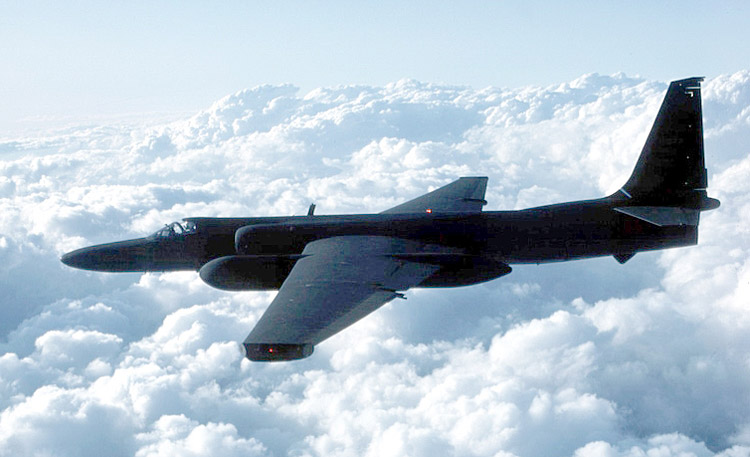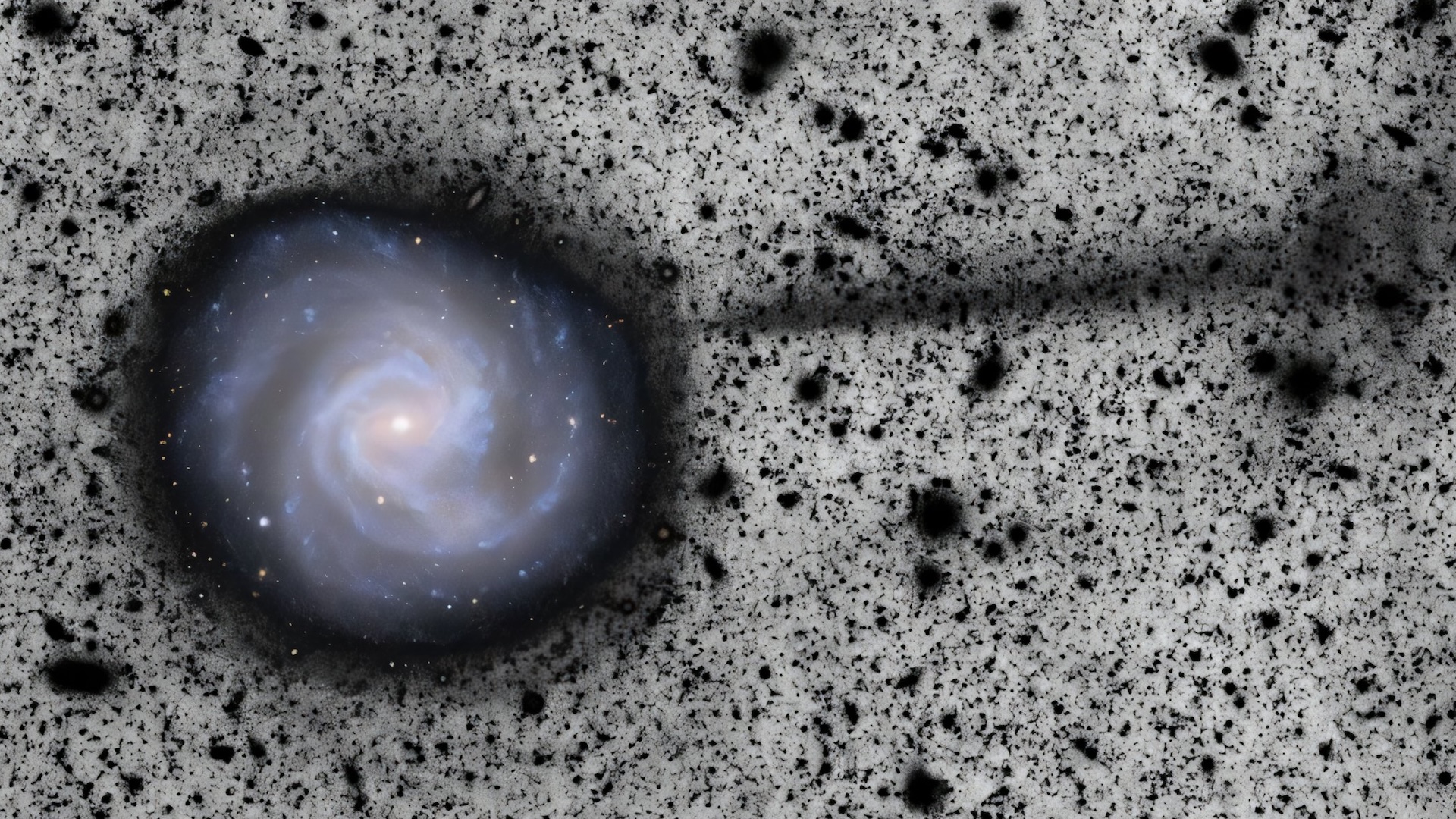U-2 Spy Plane Crash: Why 'Cold War' Aircraft Are Still Relevant Today

A U-2 spy plane that crashed in northern California earlier this week, killing one of the two pilots, focused attention on a normally clandestine aspect of the U.S. military. The U-2 plane has a long and storied history that stretches back to the late 1950s, but how is the reconnaissance aircraft used today?
U-2 planes have been flown by the United States and other nations for more than 60 years, as both a spy plane and an instrument of science. They key to the aircraft's longevity is its robust and efficient design, said Richard Aboulafia, vice president of analysis at Teal Group Corp., which conducts research and analysis on the aerospace and defense industry. He added that Clarence "Kelly" Johnson, the man who designed the U-2, "got it right."
"Those designers at the Lockheed Skunk Works deserve their legendary status," Aboulafia told Live Science. [Supersonic: The 11 Fastest Military Airplanes]
What sets the U-2 apart is its ability to fly higher than any other aircraft for long periods, which is what makes it a good spy plane, he said.
And spy planes are still relevant today, even in the age of satellites. "Satellites are an additional layer," Aboulafia said. "But they can't be retargeted quickly. They are in whatever orbit and they can't be moved, and they are easily blocked by bad weather." Spy planes, on the other hand, have a lot more flexibility. "They can be easily moved from one part of the Earth to another, at any time," Aboulafia said.
Spy in the sky
By the time the first U-2 flew in 1955, the problem of gathering intelligence was becoming more acute. Spy planes were in operation as far back as World War I, when aircraft were used to take photos of enemy positions. But during the Cold War, the U.S. government wanted a way to fly over what was then the Soviet Union without being detected or shot down.
In fact, the U.S. had been flying spy planes into the USSR as early as the 1940s, according to Gregory Pedlow and Donald Walzenbach, authors of "The Central Intelligence Agency and Overhead Reconnaissance: The U-2 and OXCART Programs, 1954-1974" (Military Bookshop, 2013).
Get the world’s most fascinating discoveries delivered straight to your inbox.
Pedlow and Walzenbach said the USSR didn't have complete radar coverage of its borders or interior at that time, and modified B-47 bombers would fly in to take photos of sensitive targets, and then fly out. Moscow protested these flights but didn't shoot any down (though they fired warning shots). That changed in 1950, when the USSR shot down a U.S. plane over the Baltic Sea. Later that year, with the outbreak of the Korean War, Moscow adopted a policy of shooting down aircraft that violated its airspace. [Flying Saucers to Mind Control: 7 Declassified Military & CIA Secrets]
The U.S. Air Force asked aircraft companies to submit designs for a plane that could reach altitudes of 65,000 to 70,000 feet (20,000 to 21,300 meters), and just as important, be able to stay there for long periods. One of the changes to previous designs was that the plane didn't have to be equipped with the heavy armor or weaponry that were the hallmarks of military planes before, Pedlow and Walzenbach wrote. — Such specifications added weight, and made it more difficult to design a plane that could fly high enough.
It was Johnson's design that won out. To make the plane efficient at high altitudes, he adopted long and straight wings rather than a swept-back design, to improve lift at relatively low speeds (for a jet). The airframe also wasn't as strong or as heavy as the usual military-grade models, allowing for higher flight with less fuel. Johnson's design also dispensed with conventional landing gear and a pressurized cabin.
In operation
The U-2 was introduced into military service in 1957. Even after the USSR shot down one of the planes in 1960, the aircraft was still used in a number of conflicts such as the Vietnam War, providing intelligence to the U.S. and its allies. (The Christian Scence Monitor reported that a U-2 was even stationed in Cyprus in 2011, to monitor the no-fly zone established in Libya). In 1971, NASA started using U-2s as part of the agency's Earth Resources Aircraft program, flying the plane over the United States to gather scientific data. While NASA no longer uses the original U-2 model, a modified U-2, called the ER-2, still flies for the agency.
The first U-2s carried large-format cameras, but the sensors on board have grown much more sophisticated over the years, as have the controls. The engines, avionics and surveillance equipment have all been updated as technology has improved.
"You can fit a lot more [monitoring instruments] on them now than you could then," Aboulafia said. [7 Technologies That Transformed Warfare]
According to the U.S. Air Force, the U-2 carries an "electro-optical infrared camera, optical bar camera, advanced synthetic aperture radar, signals intelligence and network-centric communication" for reconnaissance flights.
But the U-2 is still a notoriously difficult aircraft to fly, Aboulafia said, even though the only remaining part from the 1950s version of the plane is the airframe.
The U-2 still conducts reconnaissance missions; there are two flying in the Middle East on any given day to monitor the Islamic State, reported the Los Angeles Times. The plane flies high enough to "peer in" to airspaces where they might not be allowed, as it's no longer a good assumption that radar can't detect the planes or that a surface-to-air missile can't hit them. (Although, the kind of missile that could reach a U-2 is more likely to be in the repertoire of a major military power than a small group of militants in a remote area, Aboulafia noted.)
In September 2015, 60 years after the U-2 was introduced, Lockheed Martin said it would unveil a replacement for the venerable spy plane, called the TR-X. According to a report from Defense News, the Air Force hasn't formally committed to it, though there is a plan to retire the U-2 in 2019. That may not happen, though, as the U-2 has already outlasted some of the planes that were supposedly more advanced, including the Lockheed SR-71, which could reach similar altitudes and travel at 3.5 times the speed of sound. The SR-71 was retired in 1998 because it was too expensive to fly regularly.
Original article on Live Science.


